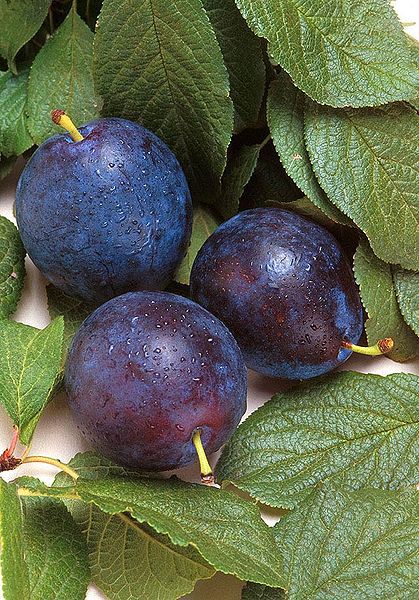-
 Tholin
Tholin
-
 Leprosy
Leprosy
-
 True anomaly
True anomaly
-
 Osteocyte
Osteocyte
-
 Lustre
Lustre
-
 LEP
LEP
-
 Large Canary Island Telescope
Large Canary Island Telescope
-
 Radish
Radish
-
 Halley's comet
Halley's comet
-
 Hydraulic energy
Hydraulic energy
-
 Antiproton
Antiproton
-
 Hadal zone
Hadal zone
-
 Osmolarity
Osmolarity
-
 Mesohaline water
Mesohaline water
-
 Quantum entanglement
Quantum entanglement
-
 Interstellar cloud
Interstellar cloud
-
 Dendrochronology
Dendrochronology
-
 Deep Impact
Deep Impact
-
 Cavitation
Cavitation
-
 Molecular clock
Molecular clock
-
 ID3
ID3
-
 Tensor
Tensor
-
 Alzheimer's disease
Alzheimer's disease
-
 Electroconvulsive therapy
Electroconvulsive therapy
-
 Abortion
Abortion
-
 XviD
XviD
-
 Retrotransposon
Retrotransposon
-
 IATA
IATA
-
 Widget
Widget
-
 Volt
Volt
Plum
Plums are late, sweet, summer fruit.
Plum season
Plum eaters must act quickly because the plum season only lasts six weeks from mid-August to mid-September. The average French harvest is about 15,000 tonnes per year. It is best to choose plums with freckles or small blemishes on the skin, which are the signs of ripeness.
Nutritional value of plums
With 52 kilocalories per 100 grammes, plums have a low calorie content. Eating plums has several advantages as they contain many minerals and trace elements such as potassium, iron and magnesium. Plums are not, however, very rich in vitamins. This deficiency is made up for by the anthocyanin content of plums.
Plum varieties
Plum varieties available in France include the greengage, the mirabelle and the damson plum varieties. Greengages represent a third of the French production of fresh plums. Mirabelles are also highly valued. Another variety, called the Ente, is known and used to produce Agen prunes.
Storing and using plums
As opposed to other fruit, plums are best stored when placed in the vegetable crisper of the refrigerator. It is nevertheless best to eat them as quickly as possible after purchase to enjoy the full freshness of the fruit.
Plums can be cooked with roast poultry. In this case it is best to brown the plum halves and serve them hot. For dessert, plums are frequently used to make zabaglione gratins. Mirabelles can be used for pies combined with almonds.
 The Damson plum is a plum variety eaten in late summer. © DR
The Damson plum is a plum variety eaten in late summer. © DR
Latest
Fill out my online form.



